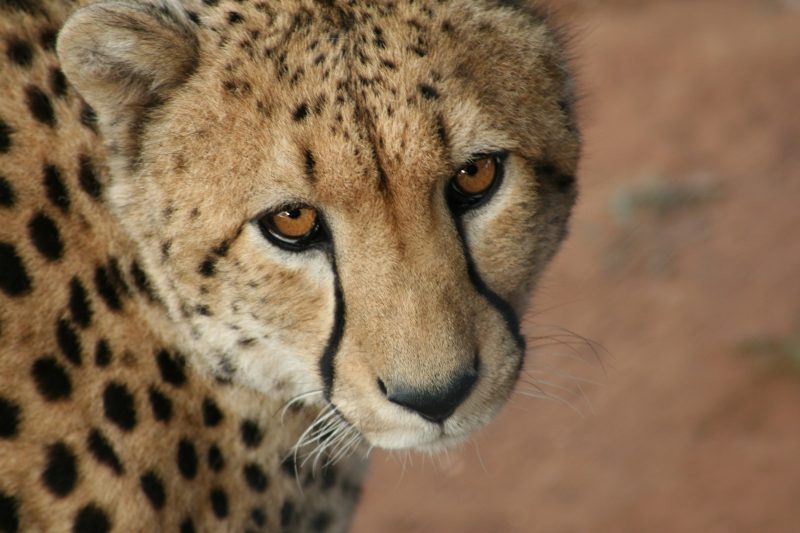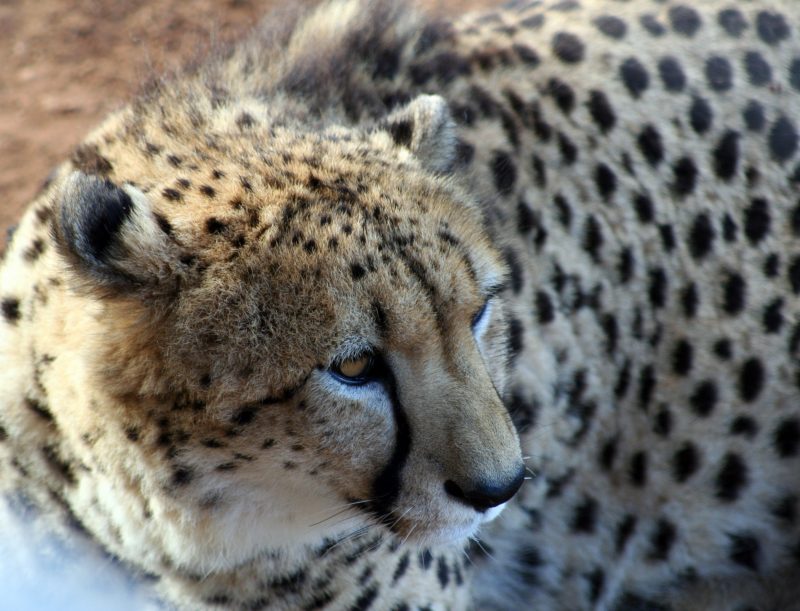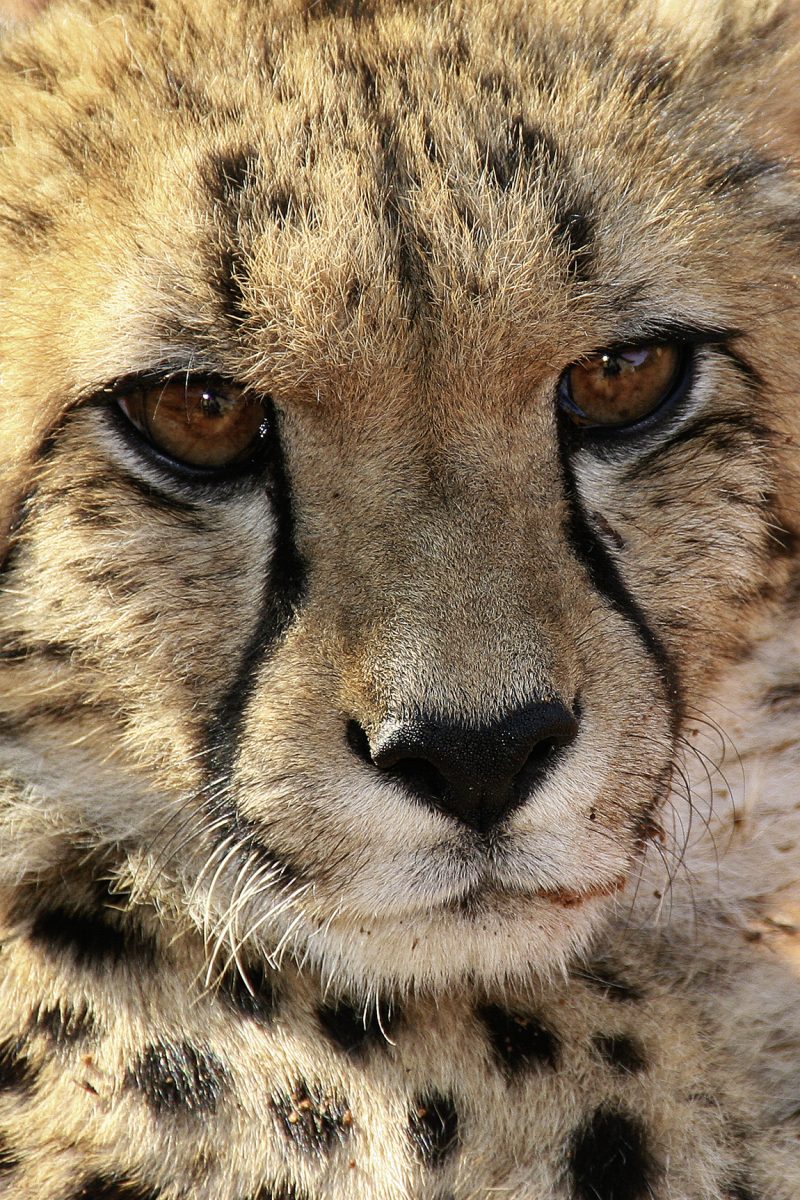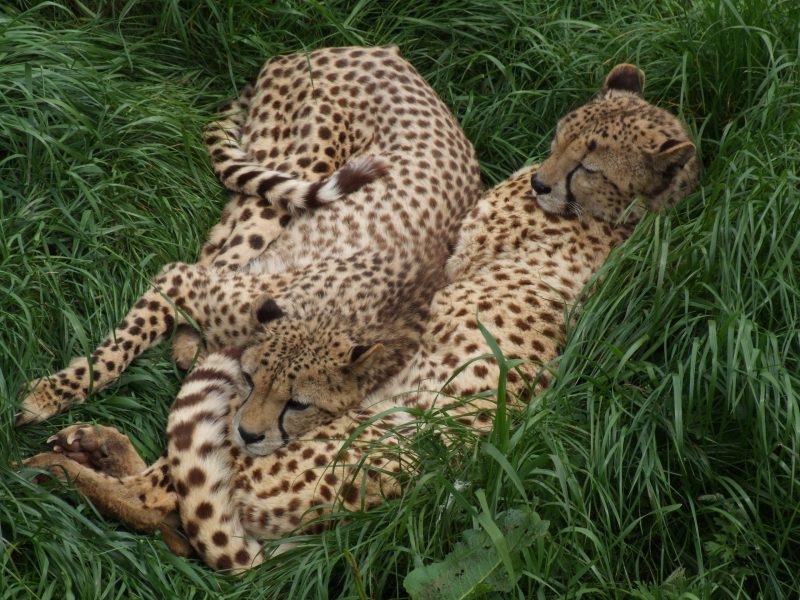Africa Beckons All Cheetah-Lovers
Spatial overlap
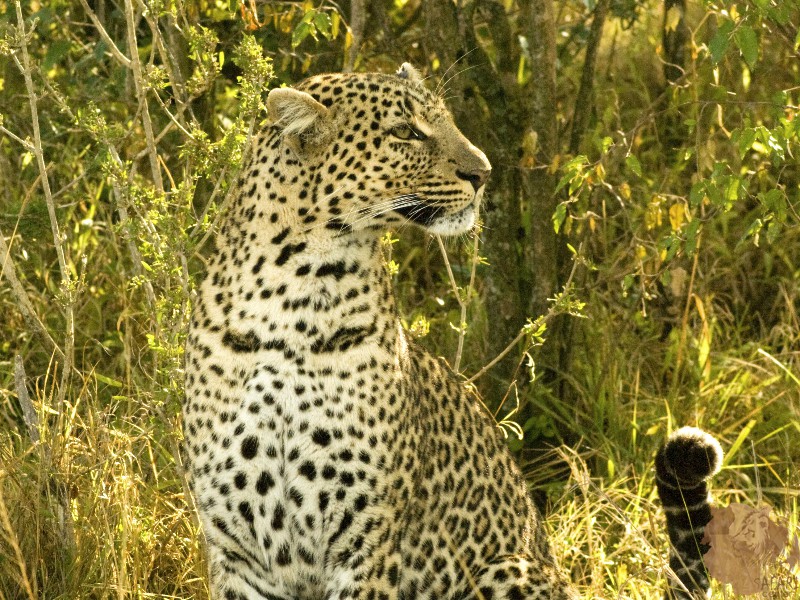
Africa Beckons All Cheetah-Lovers
Male cheetahs showed an extensive spatial overlap of behaviour. To clarify, this high degree of overlap could be related to prey availability. However, there was little area overlap because those areas were defended more intensively than other areas. Posts that were marked were more often visited by male cheetahs. This could be because of the rarity of occasions when members were nearby. The results of the study show that possible meetings were most likely to occur either in the core area of 1 cheetah or where both individual cheetahs overlapped.
Nocturnal encounters
Possible encounters happened more at night. The nocturnal activity has been considerably higher for males than for females. Male nocturnal activity is driven partly by patrolling behavior, which is why encounters predominantly occurred at night.
Avoidance behavior
 The results did not show avoidance behaviour after encounters as male cheetahs remained close to each other. In other words, male cheetahs stayed close to each other as a territorial defence strategy.
The results did not show avoidance behaviour after encounters as male cheetahs remained close to each other. In other words, male cheetahs stayed close to each other as a territorial defence strategy.
Mating chance
Male cheetahs came into close contact with each other if they saw a female. That is to say, there is a high rate of multiple paternity prevalent among cheetahs. Several males stay close to a receptive female hoping that they might get a chance to mate. Hence, encounters occur because of the access to a receptive female.
Fatal interactions
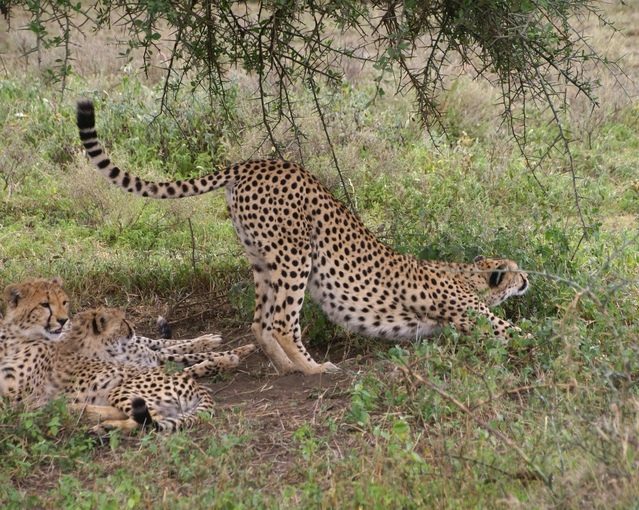 Aggressive interactions among male cheetahs with fatal consequences are not uncommon. However, fatal interactions are rare between female cheetahs. This is why life expectancy is lower and the mortality rate higher for males. Among cheetahs, infanticide has not been observed because it rarely occurs in solitary animals.
Aggressive interactions among male cheetahs with fatal consequences are not uncommon. However, fatal interactions are rare between female cheetahs. This is why life expectancy is lower and the mortality rate higher for males. Among cheetahs, infanticide has not been observed because it rarely occurs in solitary animals.
Diseases
Male cheetahs deposit and investigate feces and other bodily fluids at marking posts. Highly contagious pathogens such as mange and feline coronavirus can easily spread through them.
Caveat
Despite the clear patterns, there are several caveats to the quantity and quality of the data set of the study. Therefore, the results are likely to be on the cautious side and future studies should use higher resolution data.
References
Broekhuis F, Madsen EK, Keiwua K, Macdonald DW (2019) Using GPS collars to investigate the frequency and behavioural outcomes of intraspecific interactions among carnivores: A case study of male cheetahs in the Maasai Mara, Kenya. PLOS ONE 14(4): e0213910. https://doi.org/10.1371/journal.pone.0213910
https://journals.plos.org/plosone/article/file?id=10.1371/journal.pone.0213910&type=printable


